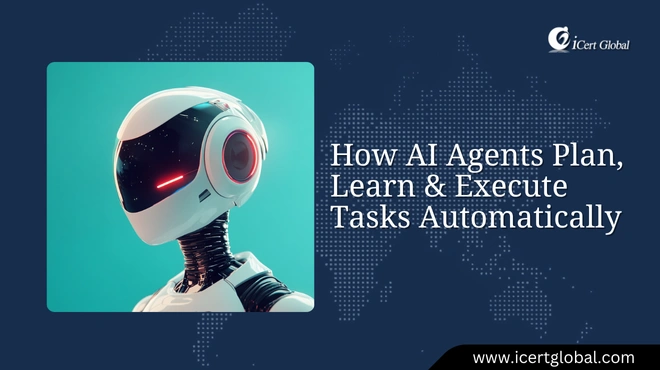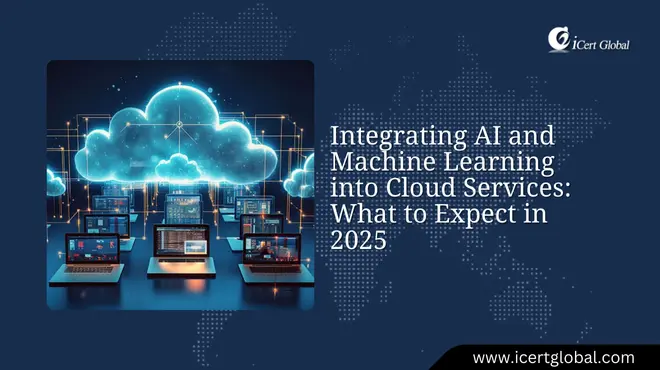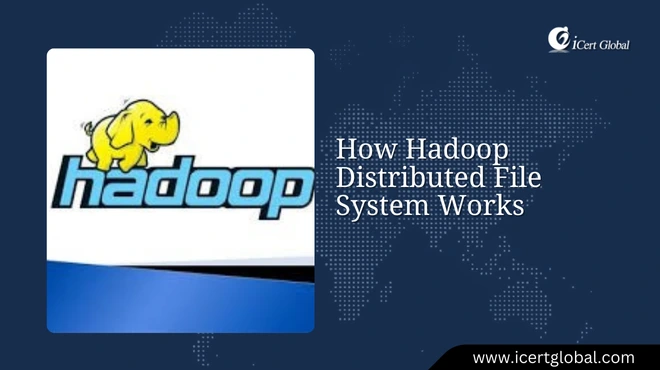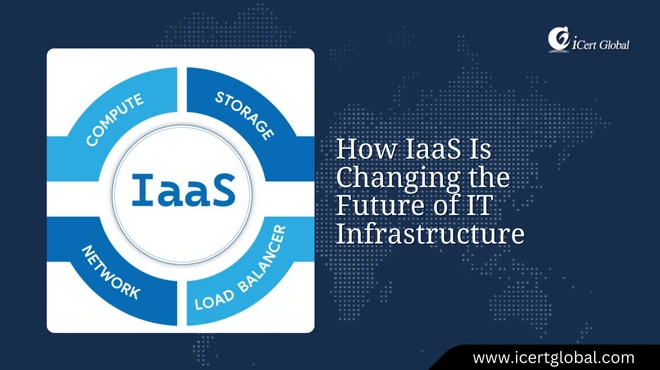Latest Articles
Preparing for Quantum Computing’s Impact on Cybersecurity
As quantum computing continues its fast-paced evolution, a new era of computing is just around the corner. A recent repo...
Deepfake Technology Risks: How to Detect and Prevent Them in 2025
Exploring the different types of artificial intelligence helps us understand how innovations like generative models crea...
AI-Driven Malware: Next-Generation Cybersecurity Solutions You Should Know
It is predicted that by 2025, 60% of cybercrime gangs will be employing generative AI to launch increasingly more advanc...
Integrating AI and Machine Learning into Cloud Services: What to Expect in 2025
Integrating AI and machine learning into cloud services is redefining predictive maintenance for efficiency, enabling pr...
Cloud Computing Trends 2025: AI, Multi-Cloud & Edge Computing You Can’t Ignore
Integrating AI and machine learning into cloud services is redefining predictive maintenance for efficiency, enabling pr...
The Rise of Citizen Developers with Low-Code Cloud Platforms
Cloud computing trends reveal why cloud storage is essential today, as data accessibility and security have become non-n...
Why Serverless Architectures and Kubernetes Will Rule Cloud in 2025
The future where serverless architectures and Kubernetes will rule cloud proves why cloud storage is essential today for...
Top 7 Applications of Big Data You See Every Day
From heat maps to dashboards, the right types of data visualization make the Top 7 Applications of Big Data You See Ever...
How Hadoop Distributed File System Works
Understanding data processing is incomplete without exploring Hadoop, the backbone of many big data systems.A recent stu...
Future Trends in PaaS You Shouldn’t Ignore
Cloud storage is essential today, and when combined with Platform-as-a-Service (PaaS), it allows businesses to build, de...
Top Oracle Cloud Applications You Should Know About
With Oracle Cloud, cloud storage becomes more powerful and essential, allowing businesses to scale, secure, and integrat...
How IaaS Is Changing the Future of IT Infrastructure
Cloud storage has become essential today, especially when paired with IaaS solutions, as it provides scalable, on-demand...



.jpg)






.webp)









